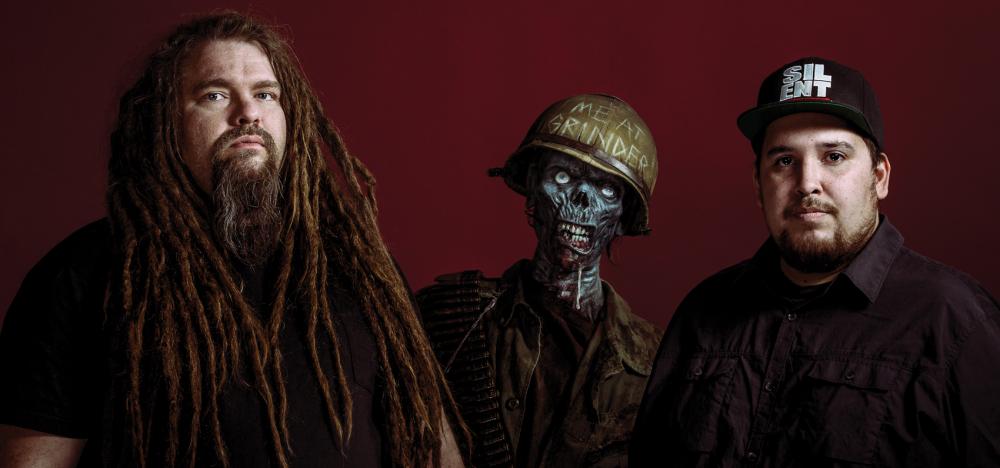Kyle Charles first met Nat Jones in 2010, during the annual, industry-wide celebration of independent comics retailers better known as Free Comic Book Day. The old Happy Harbor Comics location on Jasper Avenue was celebrating with in-store appearances from several local artists, and Charles, an aspiring illustrator, decided to head down and take in the festivities.
One of those local artists was Jones. To Charles, Jones was, without question, the “big dog” in the room – a creator who’d worked with everyone from director Guillermo Del Toro to Spawn creator Todd McFarlane to fantasy legend Frank Frazetta, and who’d recently relocated to Edmonton from Los Angeles to start a family. On a whim, Charles decided to show Jones his portfolio.
“Kyle had some good foundational skills,” Jones remembers now, his arms crossed thoughtfully, dreadlocks spilling down his back. “A lot of passion.”
For his part, Charles already knew his existing talents were limited. His sketchbook was overflowing with detailed sketches and illustrations. But he had no experience with painting or digital work. No eye for colour, either. “And my inking,” Charles says, “was” – but Jones, sitting on the other side of his protg’s drawing table, has already started laughing. “Non-existent,” Charles finishes, a little sheepishly. His tool of the trade used to be a Bic pen.
After talking for a few minutes in the store, Jones told Charles about the program he was in the process of starting at Guru Digital Arts College, which would provide full-service training for up-and-coming visual artists. The program was to be called Digital Illustration and Sequential Art (DISA, for short). Art schools had turned down Charles in the past, but he decided to apply anyway, and got in.
But the program’s 10 months of study weren’t enough for Charles. So, after graduation, he called Jones on the phone, to ask if Jones would become his personal mentor.
